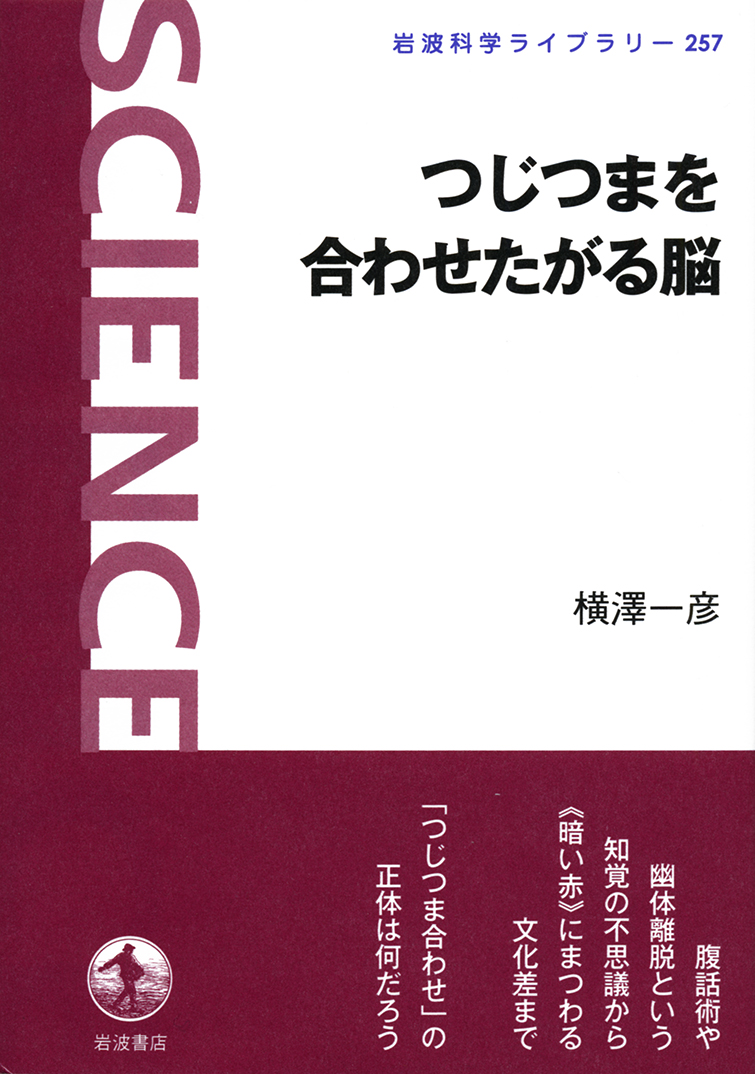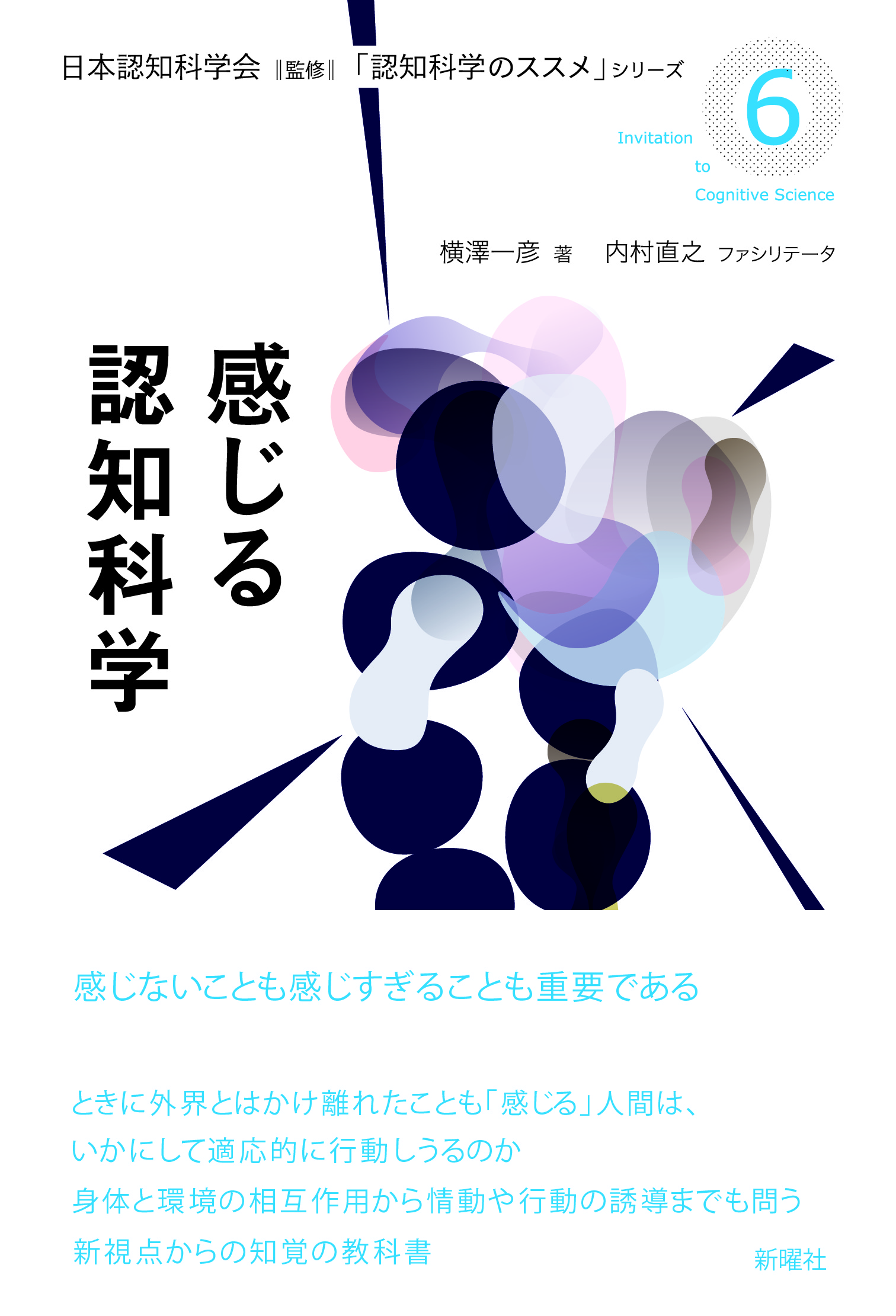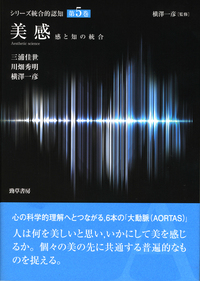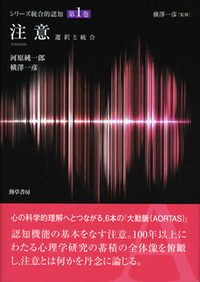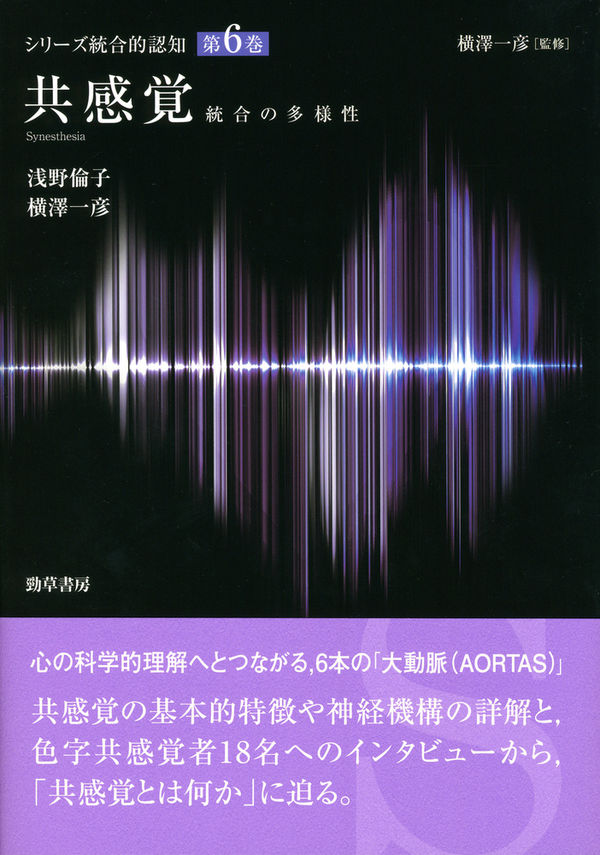
Title
[series: Integrated Perception] vol.VI Kyo-kankaku (Synesthesia - Diversity of information integration in perception)
Size
272 pages, A5 format
Language
Japanese
Released
August, 2020
ISBN
978-4-326-25113-1
Published by
Keiso Shobo
Book Info
See Book Availability at Library
Japanese Page
Spontaneously getting the impression of the color orange when looking at the word “East,” the image of an ultramarine blue band with thorns coming to mind when hearing the sound of a saxophone, the months of the year seeming to line up clockwise in an elliptical shape from January to December—these are examples of a phenomenon called synesthesia. Synesthesia is a phenomenon where an individual, when processing information (e.g., letters, sounds, concepts of days and months) in their mind, not only processes that information in a general way (e.g., letters are recognized as letters), but also experiences types of sensations and cognitive processing that are generally considered irrelevant to that information (e.g., gaining an impression of colors when looking at letters). It is a cognitive trait (characteristic of information processing) that is thought to be possessed by a small percentage of the population. This book summarizes and explains the findings of research on synesthesia in cognitive psychology.
Cognitive psychology is a field of study that attempts to clarify the process of information processing that occurs inside humans when they perceive things and states in the external world and within themselves. This includes the work of cognition, that is, perception, memory, thinking, decision-making, and other aspects. For example, consider the process of recognizing letters. Since letters are visual information, the entry point of information processing is the retina of the eyeball. From there, the information is primarily sent to the early visual cortex in the occipital lobe of the brain. Afterwards, each category of information, such as form, phonemes (reading), and meaning, is then processed specifically in different brain regions. In this way, much of what cognitive psychology has clarified to date is that letter-specific visual processing is triggered if letters are the visual input, color-specific visual processing is triggered if color is the visual input, and sound-specific auditory processing is triggered if sound is an auditory input. However, synesthesia deviates from this general framework of cognitive processing. For example, in synesthesia, not only are letters recognized as such when looking at them, information processing of colors that were otherwise not seen is also triggered. This indicates that there are more complex connections between information processing mechanisms in the human brain than previously assumed.
Some may think, “but how can you understand humankind in general by studying synesthesia, which only occurs in a subset of people?” However, at least in current research, the prevailing view is that it is valid to think that both those who have and those who do not have synesthesia have the same brain structure, and only slight differences in how their brain operates result in the emergence or non-emergence of synesthesia. Therefore, synesthesia is being studied worldwide as an intriguing clue to the full picture of general human cognitive processing. Synesthesia is also an interesting phenomenon in terms of understanding individual differences in human cognitive processing. Even taking the one act of “looking at letters,” one person feels a color at the same time, while the person next to them does not feel color, and that feels natural to both people—I have continued my research on synesthesia with the belief that it is a phenomenon that enriches the way that people see things.
(Written by ASANO Michiko, Associate Professor, Graduate School of Humanities and Sociology / 2022)
Related Info
Michiko Asano, So-ichiro Takahashi, Takuya Tsushiro, & Kazuhiko Yokosawa, "Synaesthetic colour associations for Japanese Kanji characters: from the perspective of grapheme learning," (Philosophical Transactions of the Royal Society B, Vol. 374, No. 1787 21 Oct. 2019)
https://royalsocietypublishing.org/doi/10.1098/rstb.2018.0349



 Find a book
Find a book


 eBook
eBook